On finding the right hood for an induction range
chac_mool
13 years ago
Related Stories

KITCHEN DESIGNHow to Find the Right Range for Your Kitchen
Range style is mostly a matter of personal taste. This full course of possibilities can help you find the right appliance to match yours
Full Story
KITCHEN APPLIANCESLove to Cook? You Need a Fan. Find the Right Kind for You
Don't send budget dollars up in smoke when you need new kitchen ventilation. Here are 9 top types to consider
Full Story
KITCHEN APPLIANCESFind the Right Cooktop for Your Kitchen
For a kitchen setup with sizzle, deciding between gas and electric is only the first hurdle. This guide can help
Full Story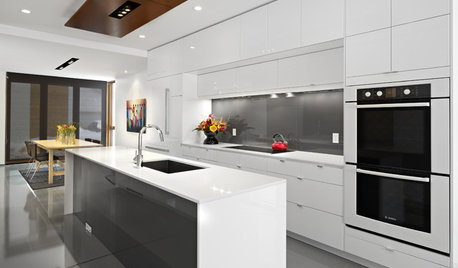
KITCHEN APPLIANCESFind the Right Oven Arrangement for Your Kitchen
Have all the options for ovens, with or without cooktops and drawers, left you steamed? This guide will help you simmer down
Full Story
KITCHEN DESIGNHow to Choose the Right Hood Fan for Your Kitchen
Keep your kitchen clean and your home's air fresh by understanding all the options for ventilating via a hood fan
Full Story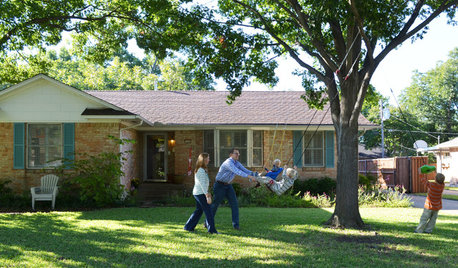
MOVINGHouse Hunting: Find Your Just-Right Size Home
Learn the reasons to go bigger or smaller and how to decide how much space you’ll really need in your next home
Full Story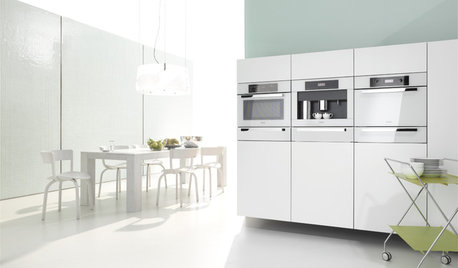
KITCHEN DESIGNWhite Appliances Find the Limelight
White is becoming a clear star across a broad range of kitchen styles and with all manner of appliances
Full Story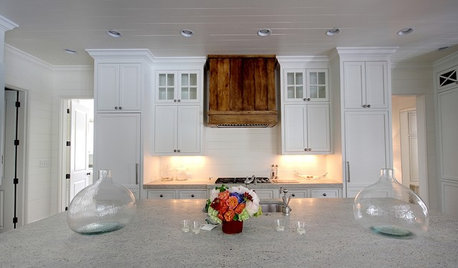
KITCHEN DESIGNWood Range Hoods Naturally Fit Kitchen Style
Bring warmth and beauty into the heart of your home with a range hood crafted from nature's bounty
Full Story
KITCHEN APPLIANCESWhat to Consider When Adding a Range Hood
Get to know the types, styles and why you may want to skip a hood altogether
Full Story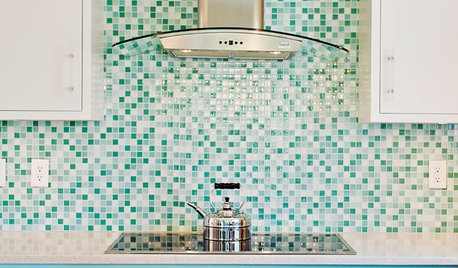
KITCHEN DESIGN9 Popular Stovetop Options — Plus Tips for Choosing the Right One
Pick a stovetop that fits your lifestyle and your kitchen style with this mini guide that covers all the basics
Full Story





weissman
warmfridge
Related Professionals
Gainesville Kitchen & Bathroom Designers · Ocala Kitchen & Bathroom Designers · Riviera Beach Kitchen & Bathroom Designers · Town 'n' Country Kitchen & Bathroom Designers · Cherry Hill Kitchen & Bathroom Designers · Eagle Mountain Kitchen & Bathroom Remodelers · Beverly Hills Kitchen & Bathroom Remodelers · Cocoa Beach Kitchen & Bathroom Remodelers · Folsom Kitchen & Bathroom Remodelers · Kuna Kitchen & Bathroom Remodelers · Casas Adobes Cabinets & Cabinetry · Alton Cabinets & Cabinetry · Indian Creek Cabinets & Cabinetry · Mount Prospect Cabinets & Cabinetry · Riverbank Cabinets & Cabinetryplllog
deeageaux
kaseki
davidro1
kaseki